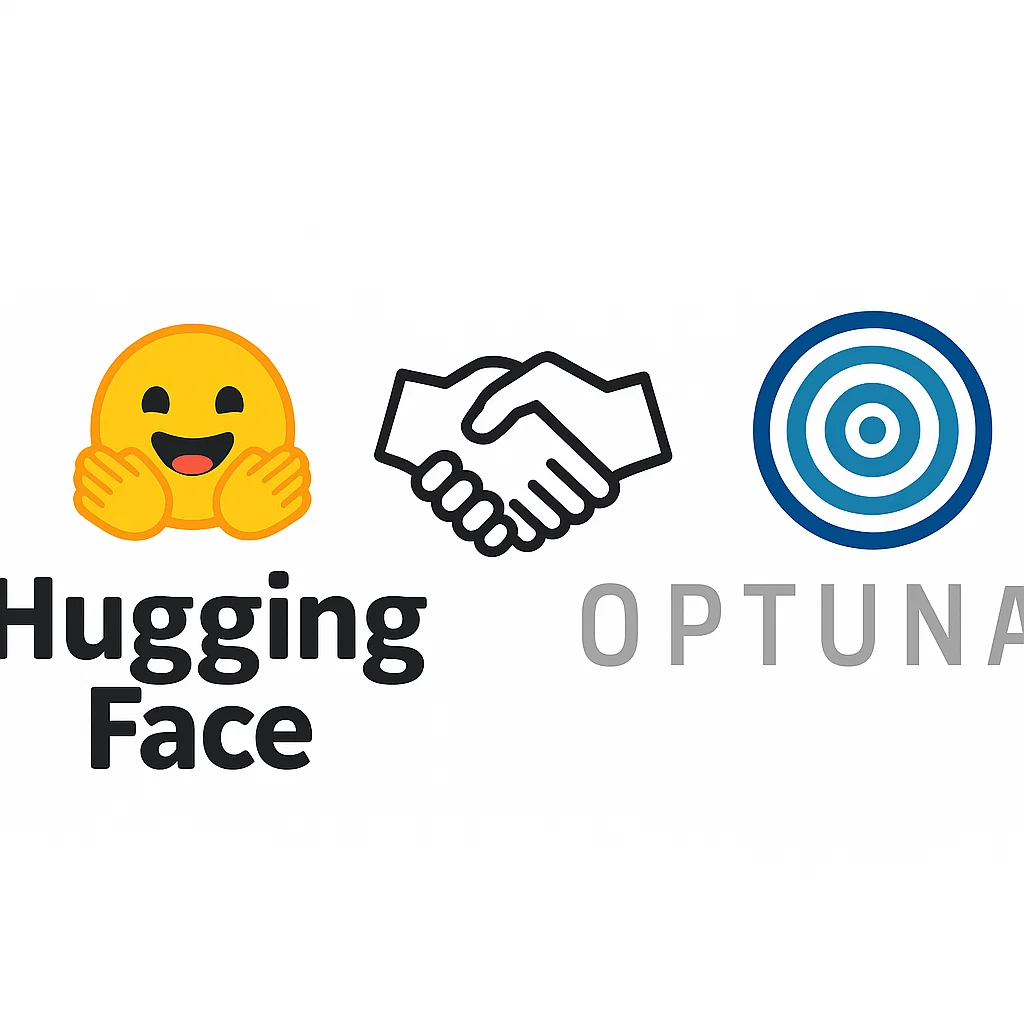metadata
license: apache-2.0
datasets:
- stanfordnlp/imdb
language:
- en
base_model:
- prajjwal1/bert-tiny
pipeline_tag: fill-mask
library_name: transformers
tags:
- BERT
- Optuna
Overview
This model was fine-tuned using Optuna-based hyperparameter optimization on a downstream NLP task with the Hugging Face Transformers library. The objective was to systematically search for optimal training configurations (e.g., learning rate, weight decay, batch size) to maximize model performance on the validation set.
| Recipe Source | Hugging Face Cookbook: Optuna HPO with Transformers |
|---|---|
| Frameworks | Transformers, Optuna, PyTorch |
| Task | Text classification (can generalize to other supervised NLP tasks) |

Supported Tasks
✅ Text classification ✅ Token classification (NER) ✅ Sequence-to-sequence (if adapted) ✅ Any model supported by Transformers’ Trainer API
Hyperparameter Search Space
The Optuna study explored:
- Learning rate: LogUniform(5e-6, 5e-4)
- Weight decay: Uniform(0.0, 0.3)
- Per device train batch size: Choice([8, 16, 32])
Optimization Objective
The pipeline optimizes:
- Metric: Validation accuracy (can switch to F1, loss, or task-specific metrics)
- Direction: Maximize
Best Trial Example (MRPC)
| Hyperparameter | Best Value |
|---|---|
| Learning rate | ~2.3e-5 |
| Weight decay | ~0.18 |
| Batch size | 16 |
| Validation Accuracy | ~88% |
Note: Results vary by random seed and compute budget.
See full example in the Hugging Face Cookbook Recipe.